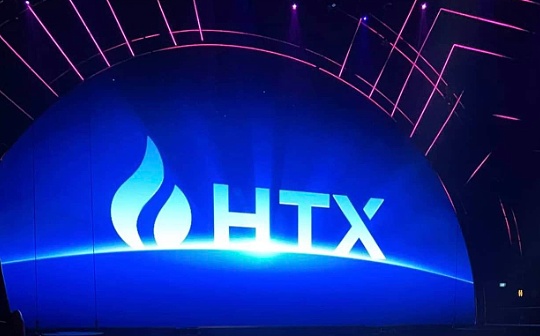
Author: Vitalik, founder of Ethereum; compilation: Deng Tong, Bit chain vision world
Thank you especially for the feedback and discussion of Abdelhamid Bakhta and Paul Dylan-Ennis.
>In an article about the differences between Layer 1 and Layer 2 extensions recently, I finally concluded that the most important differences between these two methods are not technical, but the organization (the meaning of the word and “industrial organization”):What is the division of the boundaries between different parts of the ecosystem, and how it affects people’s incentives and actions.in particular,The ecosystem centered on LAYER 2 is more diversified in nature, and more naturally leads to different methods of expansion, virtual machine design and other technical functions.
One of the main points I put forward in the previous article is:
Because Ethereum is a Layer 2 -centered ecosystem, you can freely build a sub -ecosystem with your unique features, and it is also part of the larger Ethereum ecology.
In this article, I think this is not only technical, but also in cultural aspects.Blockchain not only has unique technical balances, but also has a unique culture.On the second day when the classics of Ethereum and Ethereum separated, these two blockchains were exactly the same in technology.But they are very different in culture. This fact helps to shape the different focus, user foundation and even technology stack of these two blockchains in eight years.This is also suitable forEthereum and Bitcoin: At the beginning, Ethereum was roughly “Bitcoin with smart contracts”, but ten years later, this difference became deeper.
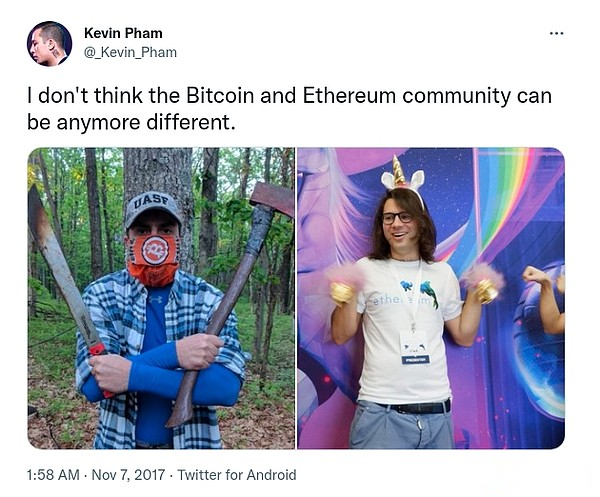
A old tweet of Kevin Pham compared the Bitcoin and Ethereum culture in 2017.Both cultures are continuously developing: Since 2017, we have seen the rise and fall of the “Laser Eye” movement (and the rise of the movement such as Ordinals).Both have become more mainstream.But the two are still different, and maintaining this state may be the best.
What are the examples of culture that affect things?
Culture and incentives have a similar role -in fact, culture is part of incentives.It affects who is attracted by the ecosystem and who is excluded.It affects what type of behavior is motivated to do, and what type of behavior people can do.It affects the legitimacy of protocol design, ecosystems, and application layers.
Some particularly important areas of blockchain culture have significant influences include::
(1) The type of changes to the agreement -including quantity, quality and direction;
(2) The ability of the agreement to keep, anti -review and decentralization;
(3) The ability of an ecosystem to attract high -quality protocol developers and researchers;
(4) The ability of ecosystems to attract high -quality application developers;
(5) The ability of the ecosystem to attract users -including the number of users and the appropriate user type;
(6) Public legality of the ecosystem in the eyes of external communities and participants.
If you really value a blockchain that keeps decentralized, even if it is slow at the cost of speed, you need not only pay attention to how today’s technology achieves these goals well, but also pay attention to the importance of culture to these goals.If the culture of the blockchain does not pay attention to curiosity and the openness of new technologies, it is likely to fail in terms of decentralization and speed, because it cannot use ZK-SNARKtechnology.If the blockchain is understood by the public as a “casino chain” instead of anything else, it is difficult for non -casino applications to join.Even if the non -only profit is the core protocol developer and researchers of the map, it will be more difficult to be attracted.Culture is important because culture is at least in the upper reaches of almost all other things.
Ethereum culture
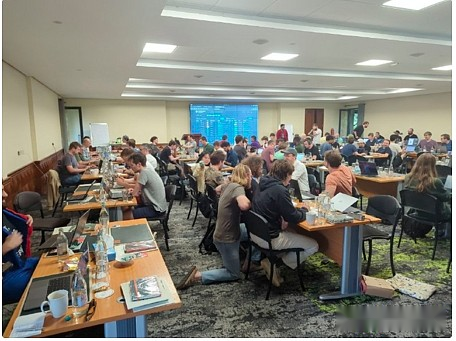
Ethereum developers operate, Kenya, May 2024.Ethereum’s core R & D ecosystem is one of the sub -culture of Ethereum, although it is also quite diverse, and there are great differences inside.
Researcher Paul Dylan-Ennis spent a lot of time exploring and understanding the subculture of Ethereum.He has determined the three main sub -culture in Ethereum, as shown below:
-
Cypherpunk:Cypherpunk is committed to open source development and has a certain DIY or punk attitude.In the case of Ethereum, Cypherpunk built infrastructure and tools, but did not interfere with the method of use and adopted a neutral position.From a historical point of view, Cypherpunk explicitly emphasized privacy, but in Ethereum, privacy is not always prioritized. Although … a new Cypherpunk campaign called Lunarpunk appeared, it advocated re -privacy in privacy.
-
Regens:Many influential voices inside Ethereum are committed to building technology with the Regen or Regenerative method.Many regens are rooted in Vitalik Buterin’s interest in politics and social sciences. They participate in governance experiments, aiming to revive, improve and even replace contemporary institutions.This subculture is characterized by its experimental nature and interest in public items.
-
Degens:DEGENS (decentralized financial enthusiasts) is purely driven by speculative and at all costs at all costs.Degens is a financial nihilist. They pay attention to the current trend and hype, so as to get rich overnight and escape the cruel competition of contemporary free capitalism.Degens often risks very risks, but the method is quite ironic and almost beyond.
There are more than three important groups. You can even question how much they are the same group: profit -oriented institutional groups and people who buy monkey photos are very different in culture.The “Cypherpunk” described here includes both people who are interested in protecting people’s privacy and freedom, as well as those who are interested in the use of cutting -edge mathematics and cryptography, and have no strong ideology.But this category is approximately interesting.
One of the important features of these three groups in Ethereum is that due to the flexibility of Ethereum as a developer platform (not just currency), they can enter a certain arena., Not just talking.The division of labor of the three groups is as follows:
-
Cypherpunk participated in the core development of Ethereum to write privacy software;
-
Regens participated in Gitcoin funding round, traceability public goods funding, and other non -financial applications;
-
DEGENS trades Memecoin and NFT and play games.
In my opinion,This cultural branch is of great benefit to Ethereum.Ethereum core development culture attaches great importance to high -quality thinking on themes such as high -level cryptography, game theory, and increasing software engineering.And an ideal method that focuses on values and soft power rather than hard power.These values are very important and good; look at the cultural influence listed in the previous section.The status.But they are not complete: First of all, the above description rarely emphasizes attracting application developers, and almost does not emphasize attracting users -the value -oriented values of stability help help the people who use Eto to use Ethereum to “use ETH, But that’s it.Cultural diversification is a way to get rid of this dilemma. It allows one sub -culture to focus on core development, while the other sub -culture focuses on the “edge” of the development of ecosystems.But this leads to a question: Is there a way to further strengthen this cultural diversification?
Asian culture and layer 2
This is the most underestimated feature I know: the most underestimated feature:For sub -culture, Layer 2 is the ultimate gale in action.Layer 2 allows subcultures with a large amount of resources and form a feedback cycle to force them to learn and adapt to play a role in the real world.Layer 2 must play a role in multiple aspects: attract users and application developers, development technology, and establish a global community.
Maybe the key feature of the important Layer 2 here is thatLayer 2 is at the same time (i) ecosystem, and (ii) is organized by building something.Local gatherings can form their own ecosystems. They usually have their own unique culture, but their resources and execution are relatively limited.Applications can have a lot of resources and execution, but they are applications: you can use them, but cannot be built above them.Uniswap is great, but the concept of “building on UNSIWAP” is far less powerful than “building on Polygon”.
Layer 2 can and indeed finally realize some specific methods of cultural professionalization include:
-
More willing to expand user expansion or “business development”:Interested strive to attract specific external participants, including individuals, enterprises and communities, and participate in the ecosystem.
-
Emphasize the diversity of values.Does your community pay more attention to “public products”, “good technology”, “Ethereum neutral”, “financial inclusiveness”, “diversity”, “expansion” or other content?Different L2 gives different answers.
-
Diversity of participants:What kind of people have the community attracted?Does it particularly emphasize certain population groups?Personality type?language?Continent?
The following are several examples:
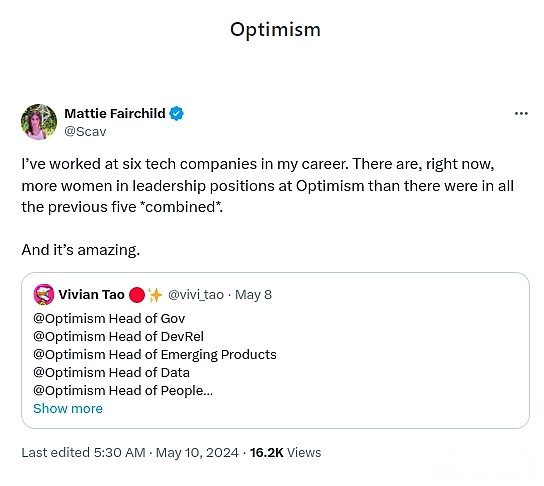
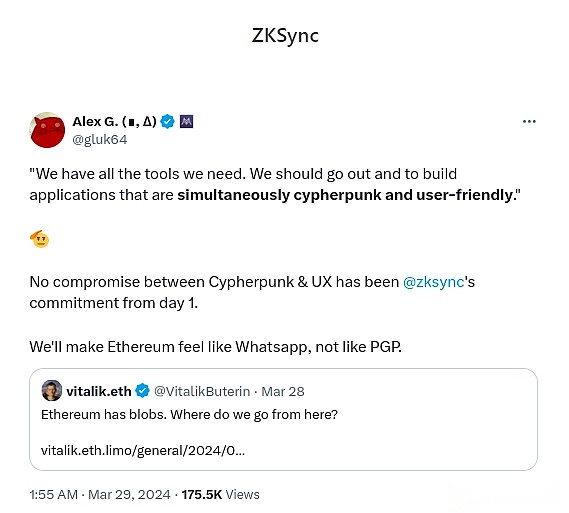
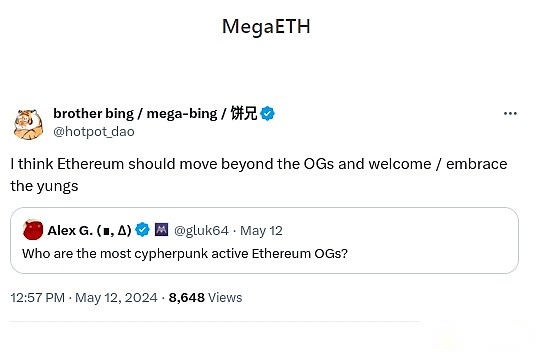
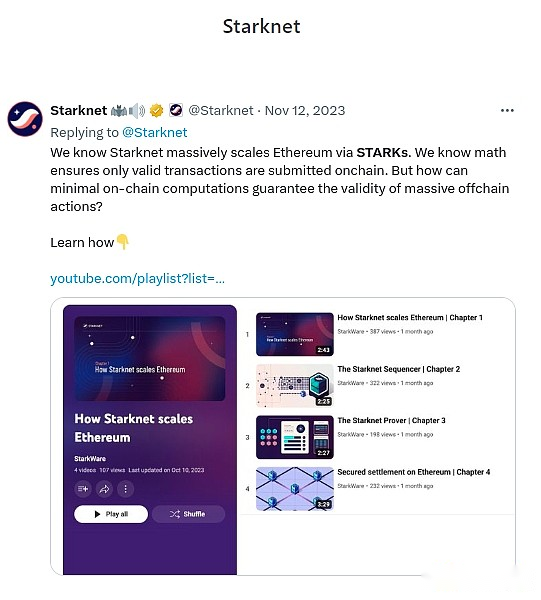
Polygon has collaborated with mainstream companies and establishes a higher and higher ZK ecosystem, and has achieved success.Optimism has a Base and World Chain, and has a strong cultural interest in retro financing and not only the concepts of token -based governance.Metis focuses on DAO.Arbitrum has established a brand around high -quality development tools and technology.Scroll focuses on “retaining the essence of Ethereum -trust minimization, security and open source”.TAIKO emphasizes “seamless user experience”, “community consistency”, “safety first” and “people -oriented”.In general, each Ethereum Layer 2 has a unique “soul”: a combination of Ethereum culture, plus its own unique style.
How can this method centered on layer 2 be successful?
The core value proposition of this cultural method centered on Layer 2 is that it tries to balance the benefits of diversification and cooperation by creating a set of different subcultures.Infrastructure work together to achieve these values.
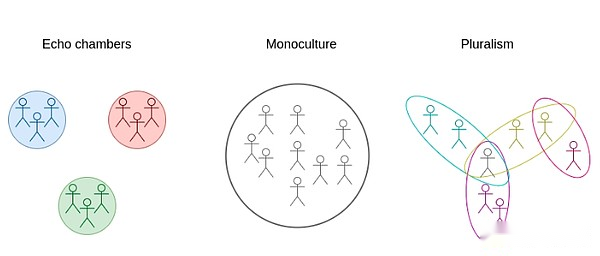
Ethereum is trying to take a diversified route.
There are other similar two -level methods.The most noticeable thing I can think of isIn 2017 EOS Entrusted Equity Certificate (DPOS) system.The working principle of EOS’s DPOS is to allow the toke holders to vote for which representatives to run the chain.The representative will be responsible for creating a block and reaching a consensus on the blocks of others. They will also get a large number of tokens from the EOS distribution.The representatives finally carried out a large number of community construction to attract votes. Many of the “nodes” (such as EOS New York and EOS Hong Kong) eventually became well -known nodes.
This eventually became an unstable system, because token voting is essentially unstable, and some powerful participants in the EOS ecosystem were originally greedy bastards. They misappropriated a lot of funds raised by the community for personal interests.But while playing a role,It shows amazing characteristics: it creates a strong high -autonomy sub -community, and these sub -communities still work together towards common goals.
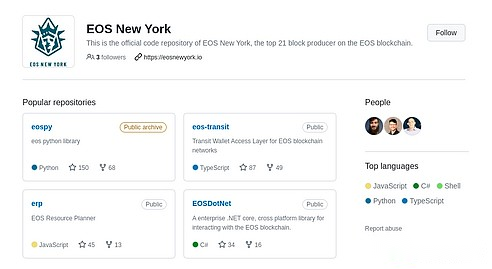
EOS New York is one of the top block manufacturers of EOS, and it even wrote a lot of open source infrastructure code.
When this method is successfully played, it also produces a benign competition.By default, communities like Ethereum naturally tend to unite people in the community for a long time.The advantage of this is that it can help maintain the values of the community while the community develops rapidly -even if the outside world has an unfavorable wind direction, it also reduces the possibility of Ethereum no longer cared for freedom of speech or open source.However, it may also transfer attention from technical capabilities to social games, so that the old -fashioned “OG” (OG can be understood as “veteran”) can maintain a deeply rooted position even if it performs poorly.EssenceWith a healthy “subculture”, these problems can be relieved: the entire new Asian community can rise and fall, and those who succeed in the Asian community can even start to contribute to other aspects of Ethereum.In short, legitimacy rely less on continuity, but more depends on performance.
We can also study the above stories to determine the possible weaknesses.Here are some weaknesses I think of:
-
Falling into the echo room (only follow the information that conforms to your own conclusions):In essence, it is the same as the failure model I talked about in the previous article, but it is aimed at culture.L2 began to behave like an independent universe, and there was almost no cross between them.
-
Falling into a single culture:Regardless of whether it is common human prejudice or common economic incentives (or unified Ethereum culture is too powerful), everyone will eventually look for applications to be built in similar places, and even what technical choices may be made, and this is ultimately in the endWrong place.Alternatively, a single L2 or a few L2 is deep -rooted, and there are no longer effective mechanisms for the rise of new people and the Zi community.
-
The favored vector of competition is wrong:L2, which focuses on successful uses in a narrow financial sense, is very successful at the expense of other goals. Over time, more and more communities are developing in this direction.
I do not claim to have a perfect answer to these questions;Ethereum is an experiment that is underway. Some of the reason for the ecosystem that excites me is that it is willing to face difficulties.Many challenges originated from the dislocation of the incentive mechanism; the natural method of solving this problem is to create a better cooperation incentive mechanism within the scope of the ecosystem.The idea I mentioned in the previous article is to create a “Infrastructure Association” to supplement the Agreement Association, which is a choice.Another choice is to clarify the projects that subsidize multiple L2 to choose cooperation (that is, similar to secondary financing, but the focus is to connect ecosystems instead of connecting individuals).Try to expand these ideas and continue to work hard to make full use of Ethereum as the unique advantage of a diversified ecosystem.

